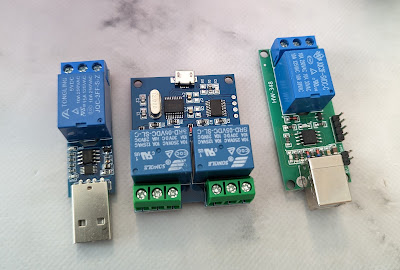I've been playing around with BBC Micro Computers recently. I've "accidentally" come to own 3 of them, having picked one up cheaply then finding 2 more that I intended on refurbishing and selling but couldn't bring myself to let go.
I like to demonstrate retro computing and communications hardware at various events which means the roles of the BBCs can change fairly frequently, which requires swapping out the EPROM chips inside the machines that contain the programs. This is something I'm not a big fan of, as it can result in bent pins and stresses the 40 something year old PCB and sockets.
Fortunately I've found a solution, the IFEL Flash ROM board and SerialFS.




